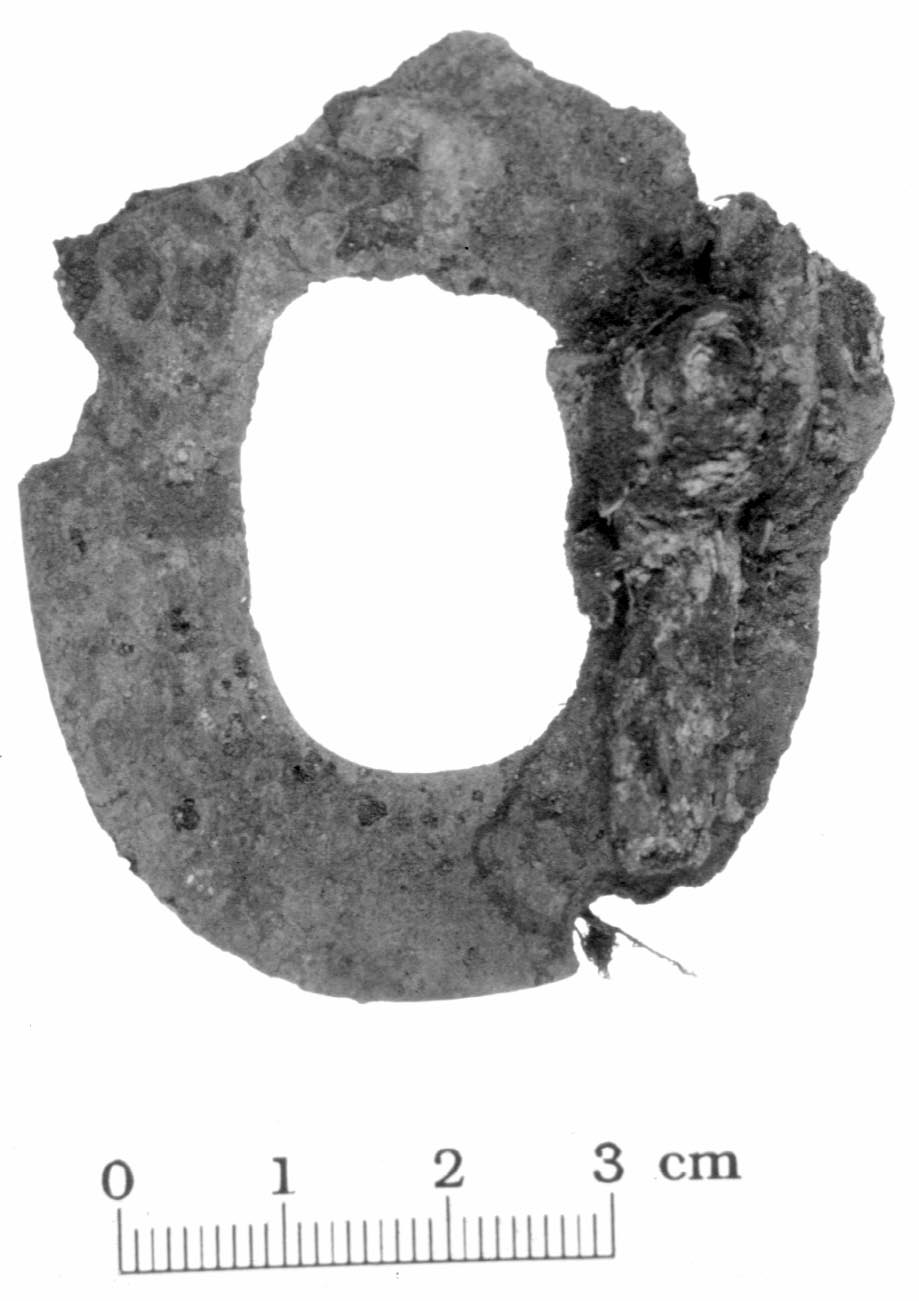

|
The Burials After about 1800 years ago people stopped building houses at Skowlitz and the site was abandoned. Then after a few hundred years, people started to use the area again, but they weren't building houses for living people, instead they were building burials for their dead. Unlike the houses, they burials didn't start out as being the same size. From the time they appear at Skowlitz, about 1400 years ago, there were large burials and there were smaller one. As you've already read, archaeologists hypothesized that higher status people were being buried in the bigger mounds. They tested this hypothesis by excavating the mounds to see if the burial goods from larger mounds were higher status items (like jewellery and finely worked metal). Four burials were excavated, 2 smaller mounds and 2 larger mounds. One of the larger mounds was in a location where the soil was particularly acidic, and unfortunately acidic soils break down material, so the archaeologists didn't find too much in that mound. However, they had better luck with the other large mound. Here there was a skeleton with lots of pieces of jewellery. Much of the jewellery was made out of copper and shell. These items can tell us a lot. They aren't found near the area, so the people at Skowlitz must have been part of a trade network. Also, because they had to trade for these items and couldn't get them easily, they must have been more "expensive" than other items. The fact that they were found in the larger mound suggests that, as suspected, the larger mounds were for higher status people. The other burials that were excavated were not actually mounds, but cairns, or arrangements of several boulders. These did not contain the same high status items that the larger one did but were sprinkled with ochre. In one of them no bones were found, only some infant teeth. There were about 42 burials that were marked by mounds or cairns, but there may have been more burials that were not so apparently marked or that had deteriorated over time. But one thing that we can say is that there is a lot of variation in the amount of work that went into constructing a burial. The large mounds underwent a great deal of preparation. Ground was levelled and and covered in clay up to the edge of the burial pit. Several boulders were placed over the burial pit, and then the whole thing was covered with soil. These burial pits would take a lot more time and energy to make, so we can infer that people buried in the mounds were the most valued individuals in their society.
|
